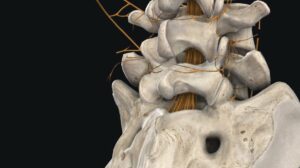NEW YORK (Reuters Health) – More than a third of patients undergoing routine outpatient endoscopic procedures are at high risk for obstructive sleep apnea (OSA), according to findings from a prospective study at a university hospital.
The good news is that high-risk patients are not more likely to experience transient hypoxia during sedation for endoscopic procedures.
OSA is under-recognized, and it is unclear how many endoscopy patients may have undiagnosed OSA. OSA patients are known to be at higher risk for anesthesia-related cardiopulmonary complications during deep sedation. Their risk of complications during conscious sedation is not known, however.
To address this question, Dr. Vijay S. Khiani, from Yale University, New Haven, Connecticut, and associates administered the validated Berlin OSA questionnaire to 233 patients before routine esophagogastroduodenoscopy or colonoscopy. Based on their responses, patients categorized either as low or high risk for OSA.
During endoscopy, the subjects were assessed for transient hypoxia, defined as a pulse oximetric reading below 92% that required an increase in supplemental oxygen.
Overall, 90 patients (39%) were at high risk for OSA. The rate of transient hypoxia in this group, 10%, was not significantly different from the 7% rate in the low risk group.
The results suggest that “the majority of patients at risk of OSA can safely undergo conscious sedation for routine endoscopic procedures by using standard sedation and monitoring practices,” the authors conclude.
Reference:
Gastrointest Endosc 2009;70:1116-1120.




